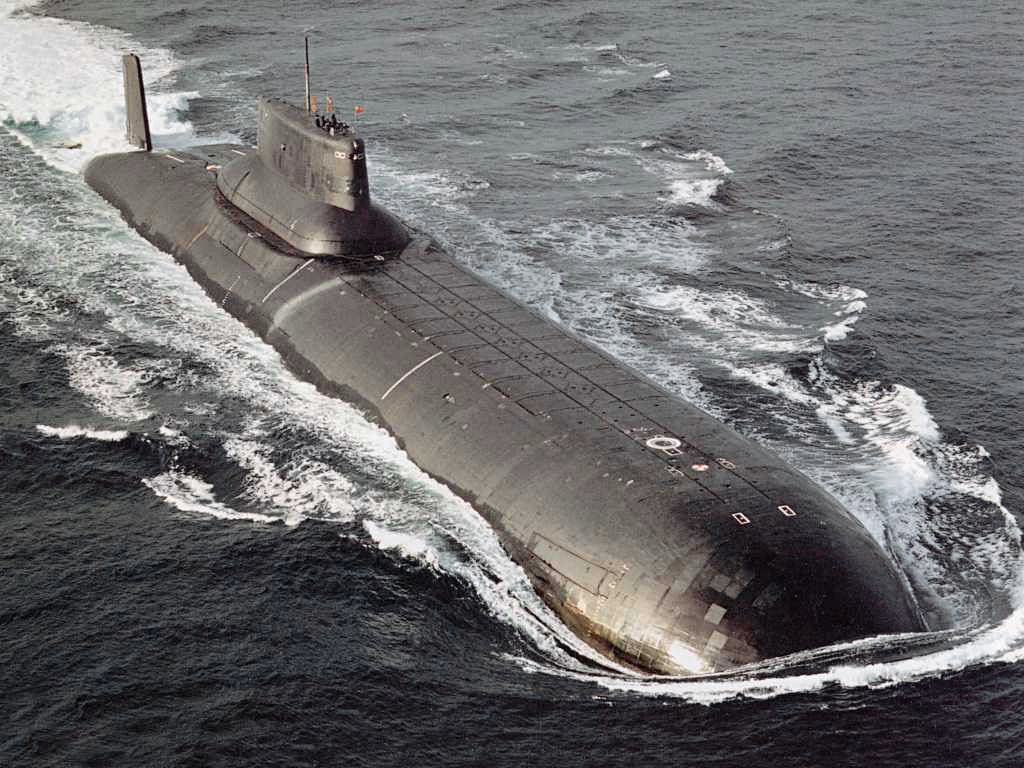|
Russian Ship Dmitri Donskoi
At least three ships of the Imperial Russian, Soviet or Russian Navy have been named ''Dmitri Donskoi'' after Dmitry Donskoy. * - a 51-gun frigate that was stricken in 1872. * - an armoured cruiser launched in 1883 and scuttled after the Battle of Tsushima in 1905. * - the lead ship of the nuclear-powered ballistic missile submarine A ballistic missile submarine is a submarine capable of deploying submarine-launched ballistic missiles (SLBMs) with nuclear warheads. The United States Navy's hull classification symbols for ballistic missile submarines are SSB and SSBN – t ...s. {{DEFAULTSORT:Dmitri Donskoi Russian Navy ship names ... [...More Info...] [...Related Items...] OR: [Wikipedia] [Google] [Baidu] |
Imperial Russian Navy
The Imperial Russian Navy () operated as the navy of the Russian Tsardom and later the Russian Empire from 1696 to 1917. Formally established in 1696, it lasted until dissolved in the wake of the February Revolution of 1917. It developed from a smaller force that had existed prior to Tsar Peter the Great's founding of the modern Russian navy during the Second Azov campaign in 1696. It expanded in the second half of the 18th century and reached its peak strength by the early part of the 19th century, behind only the British and French fleets in terms of size. The Imperial Navy drew its officers from the aristocracy of the Empire, who belonged to the state Russian Orthodox Church. Young aristocrats began to be trained for leadership at a national naval school. From 1818 on, only officers of the Imperial Russian Navy were appointed to the position of Chief Manager of the Russian-American Company, based in Russian America (present-day Alaska) for colonization and fur-trade developme ... [...More Info...] [...Related Items...] OR: [Wikipedia] [Google] [Baidu] |
Dmitry Donskoy
Saint Dmitry Ivanovich Donskoy ( rus, Дми́трий Ива́нович Донско́й, Dmítriy Ivanovich Donskóy, also known as Dimitrii or Demetrius), or Dmitry of the Don, sometimes referred to simply as Dmitry (12 October 1350 – 19 May 1389), son of Ivan II the Fair of Moscow (1326–1359), reigned as the Prince of Moscow from 1359 and Grand Prince of Vladimir from 1363 to his death. He was the first prince of Moscow to openly challenge Mongol authority in Russia. He is regarded as a national hero and central figure of the Russian Middle Ages. His nickname, Donskoy ("of the Don"), alludes to his great victory against the Tatars in the Battle of Kulikovo (1380), which took place on the Don River. He is venerated as a Saint in the Orthodox Church with his feast day on 19 May. Early reign Dmitry was born in Moscow in 1350, the son of Ivan the Fair, Grand Prince of Moscow, and his second wife, Alexandra Vassilievna Velyaminova, the daughter of the mayor of Moscow. ... [...More Info...] [...Related Items...] OR: [Wikipedia] [Google] [Baidu] |
Battle Of Tsushima
The Battle of Tsushima (Japanese:対馬沖海戦, Tsushimaoki''-Kaisen'', russian: Цусимское сражение, ''Tsusimskoye srazheniye''), also known as the Battle of Tsushima Strait and the Naval Battle of Sea of Japan (Japanese: 日本海海戦, Nihonkai''-Kaisen'') in Japan, was a List of battles of the Russo-Japanese War, major naval battle fought between Russia and Japan during the Russo-Japanese War. It was naval history's first, and so far the last, decisive sea battle fought by modern steel battleship fleets and the first naval battle in which wireless telegraphy (radio) played a critically important role. It has been characterized as the "dying echo of the old era – for the last time in the history of naval warfare, Ship of the line, ships of the line of a beaten fleet surrendered on the high seas". It was fought on 27–28 May 1905 (14–15 May in the Julian calendar then in use in Russia) in the Tsushima Strait located between Korea and southern Japan ... [...More Info...] [...Related Items...] OR: [Wikipedia] [Google] [Baidu] |
Lead Ship
The lead ship, name ship, or class leader is the first of a series or class of ships all constructed according to the same general design. The term is applicable to naval ships and large civilian vessels. Large ships are very complex and may take as many as five to ten years to build. Improvements based on experience with building and operating the lead ship are likely to be incorporated into the design or construction of later ships in the class, so it is rare to have vessels that are identical. The second and later ships are often started before the first one is completed, launched and tested. Nevertheless, building copies is still more efficient and cost-effective than building prototypes, and the lead ship will usually be followed by copies with some improvements rather than radically different versions. The improvements will sometimes be retrofitted to the lead ship. Occasionally, the lead ship will be launched and commissioned for shakedown testing before following ship ... [...More Info...] [...Related Items...] OR: [Wikipedia] [Google] [Baidu] |
Ballistic Missile Submarine
A ballistic missile submarine is a submarine capable of deploying submarine-launched ballistic missiles (SLBMs) with nuclear warheads. The United States Navy's hull classification symbols for ballistic missile submarines are SSB and SSBN – the ''SS'' denotes submarine, the ''B'' denotes ballistic missile, and the ''N'' denotes that the submarine is nuclear powered. These submarines became a major weapon system in the Cold War because of their nuclear deterrence capability. They can fire missiles thousands of kilometers from their targets, and acoustic quieting makes them difficult to detect (see acoustic signature), thus making them a survivable deterrent in the event of a first strike and a key element of the mutual assured destruction policy of nuclear deterrence. The deployment of SSBNs is dominated by the United States and Russia (following the collapse of the Soviet Union). Smaller numbers are in service with France, the United Kingdom, China and India; North Korea is ... [...More Info...] [...Related Items...] OR: [Wikipedia] [Google] [Baidu] |
.jpg)
